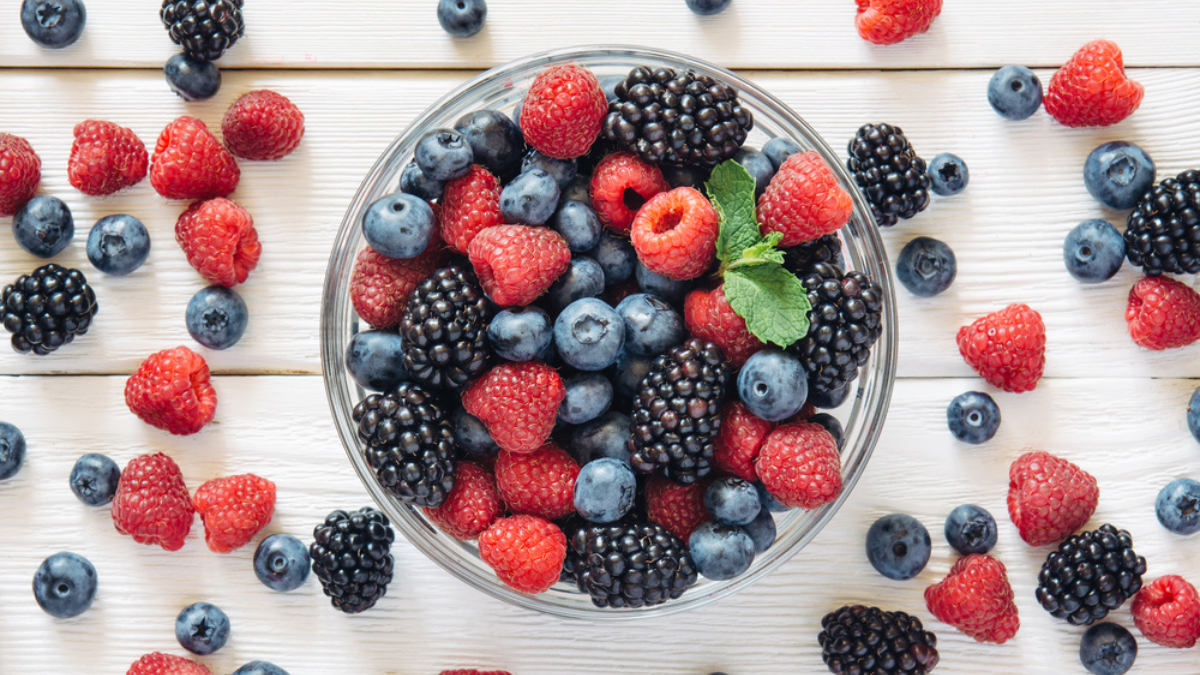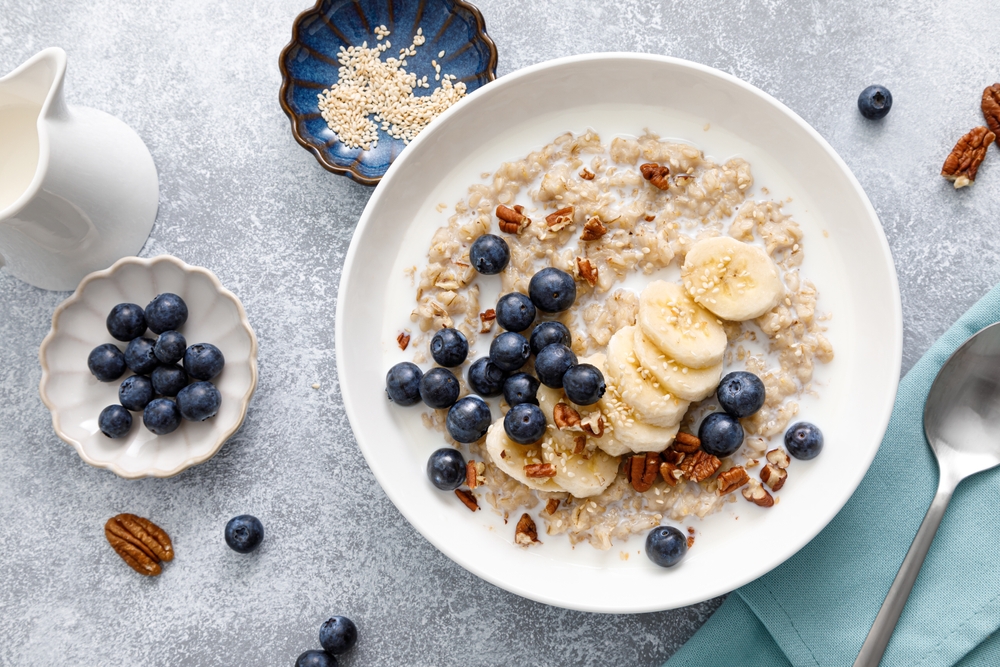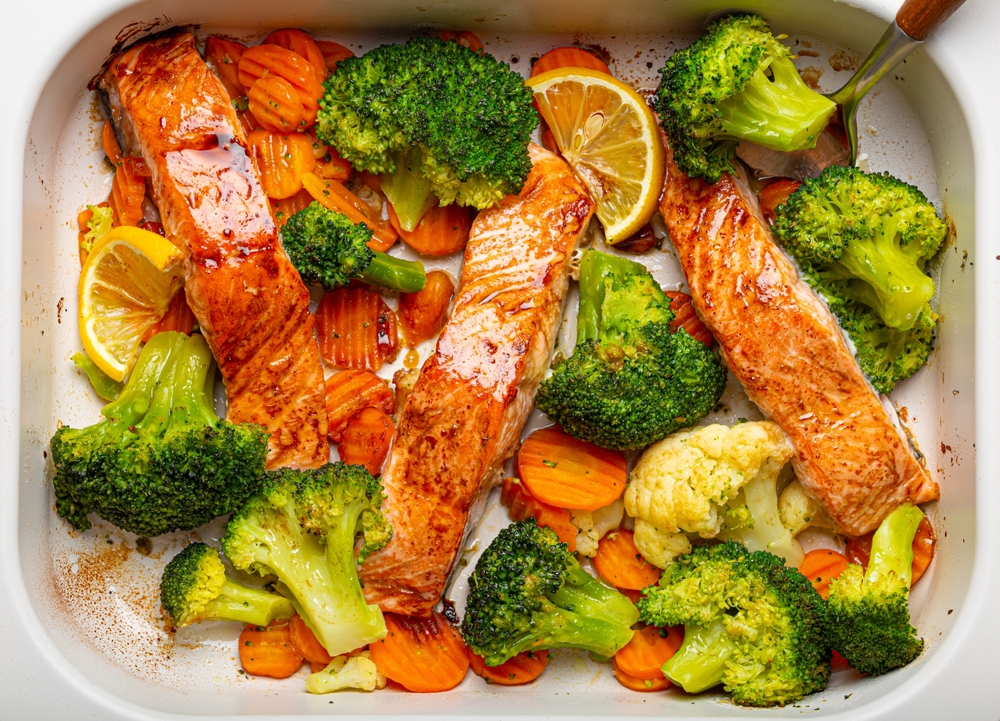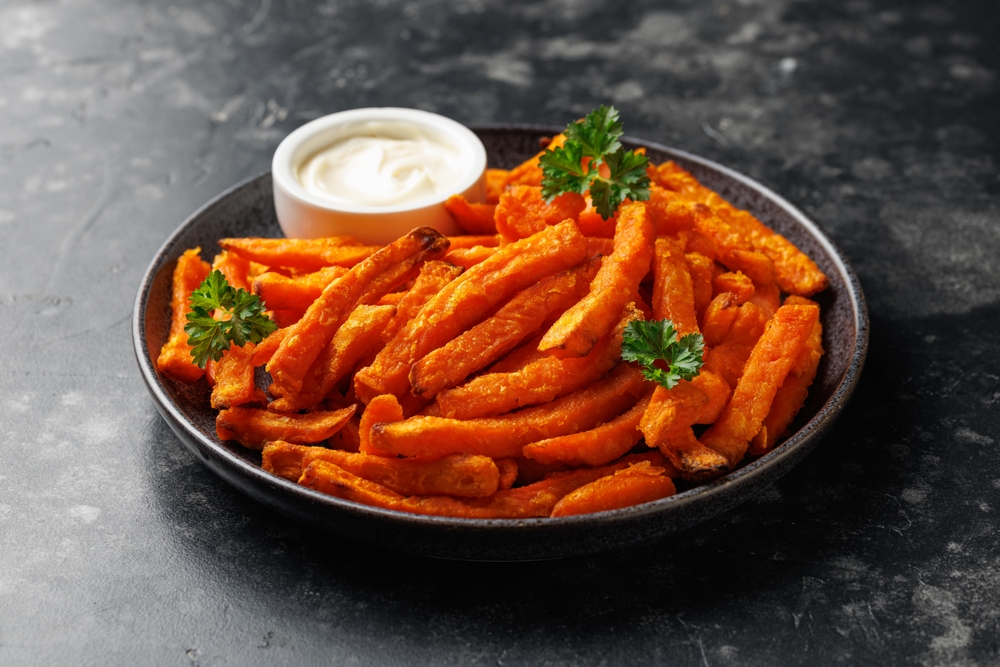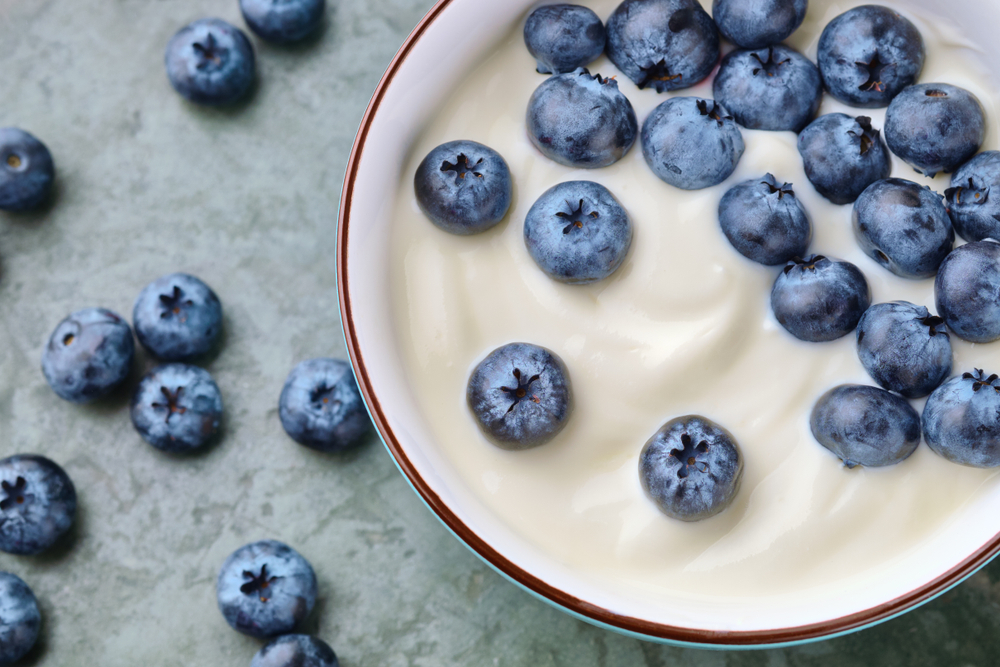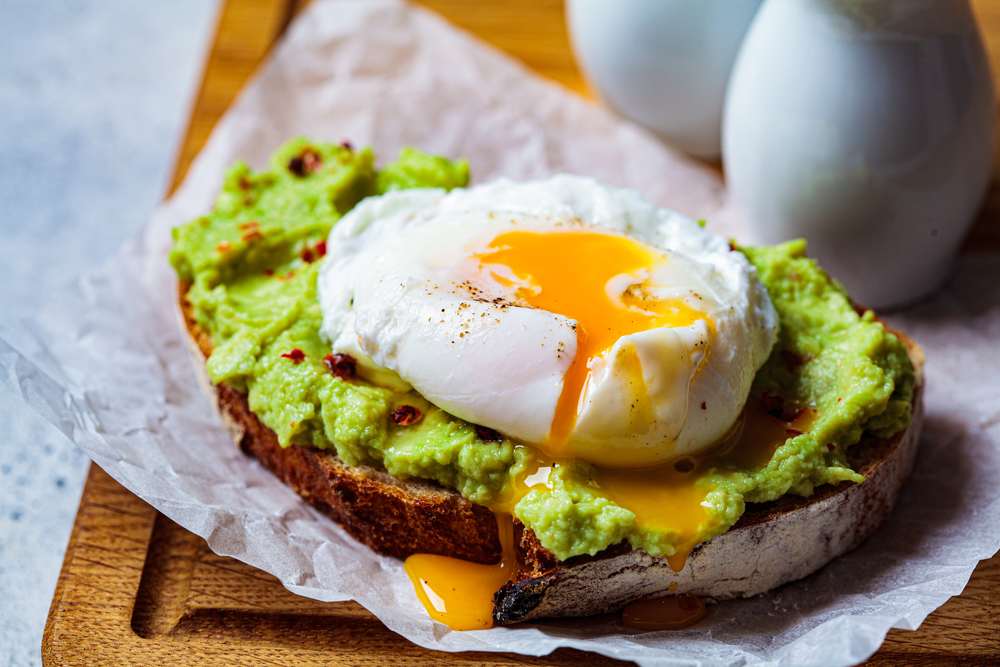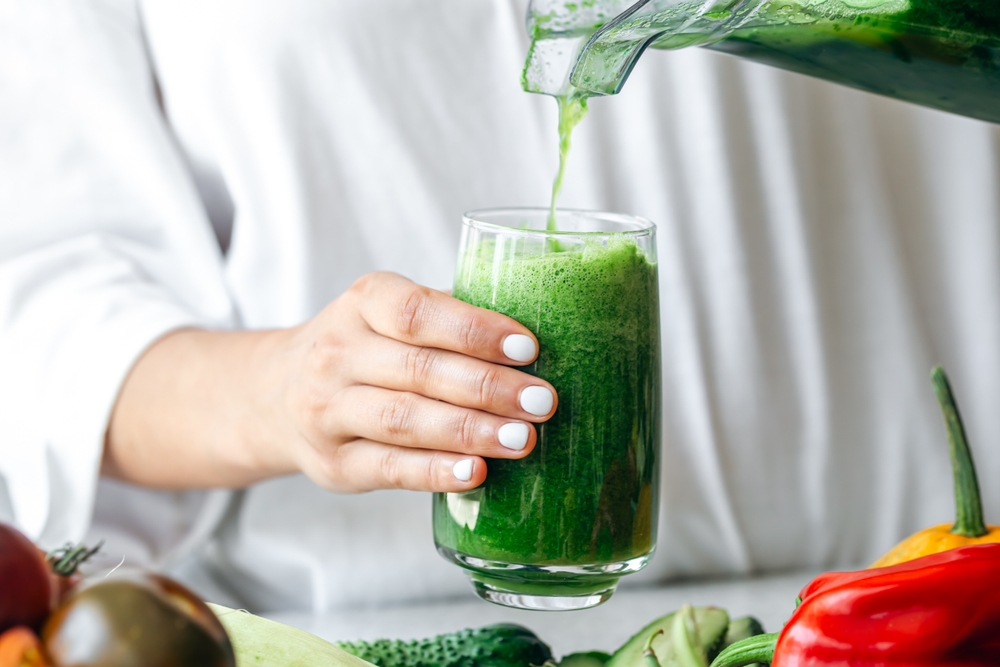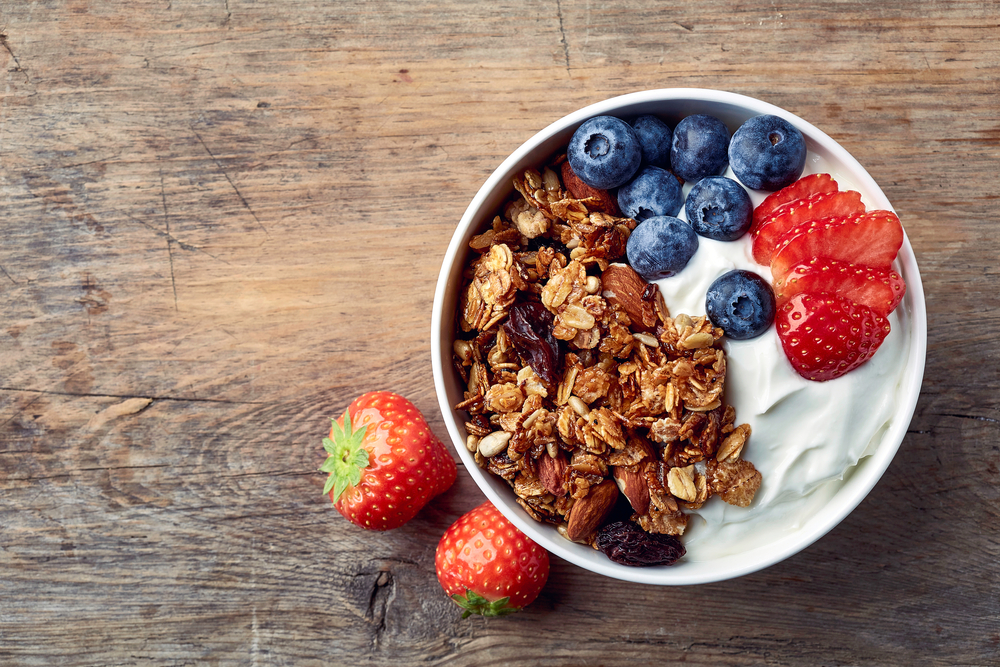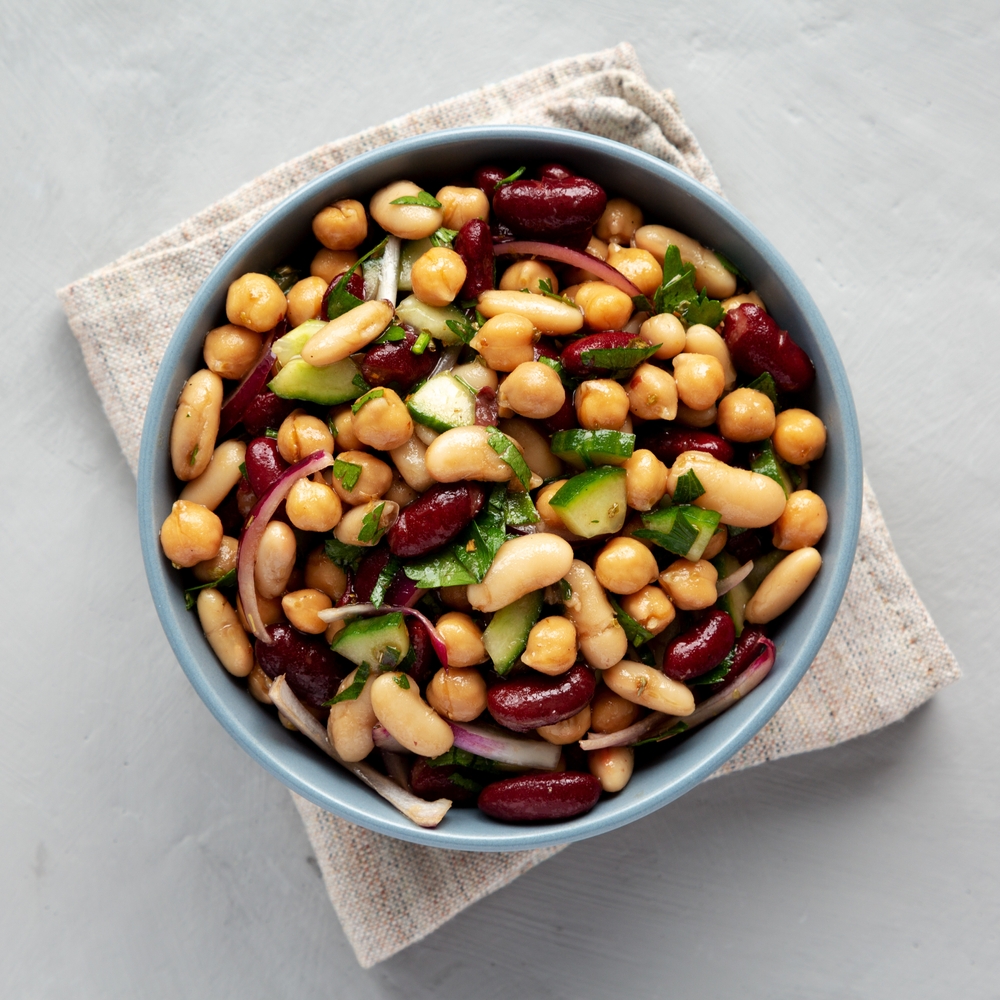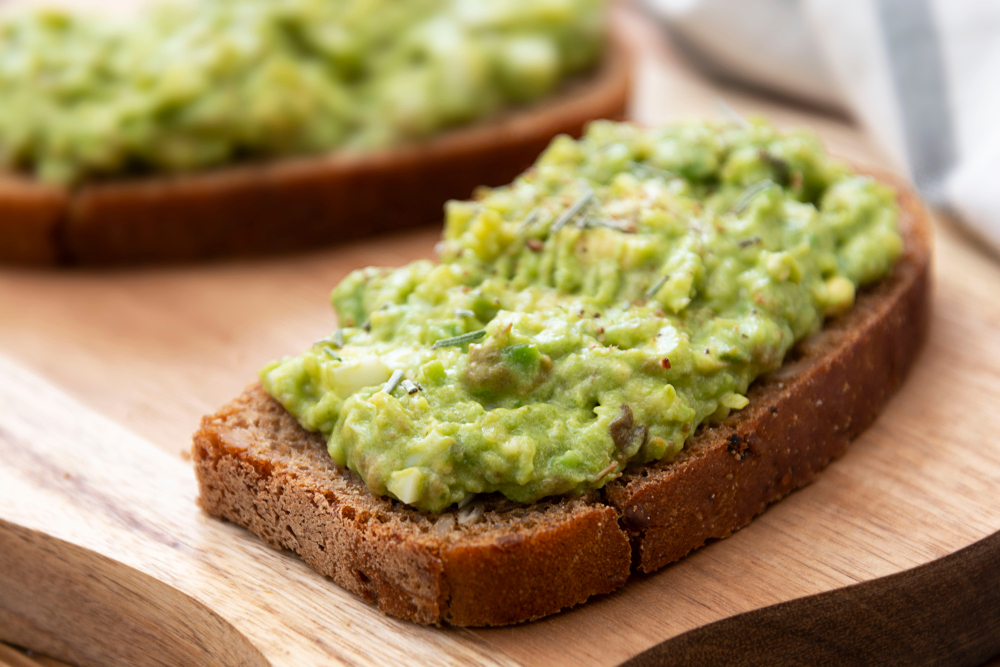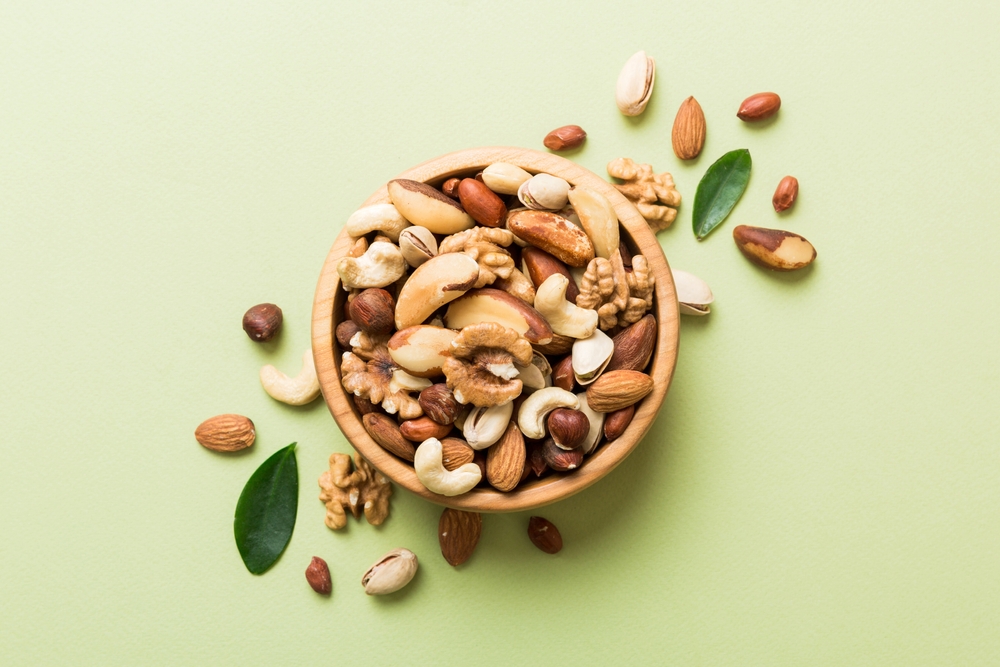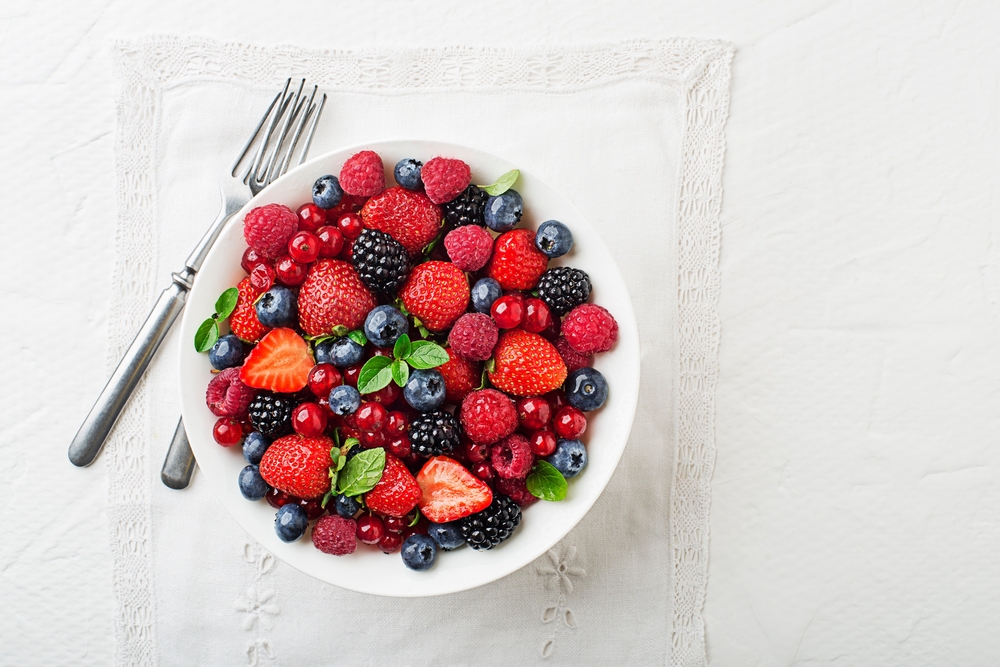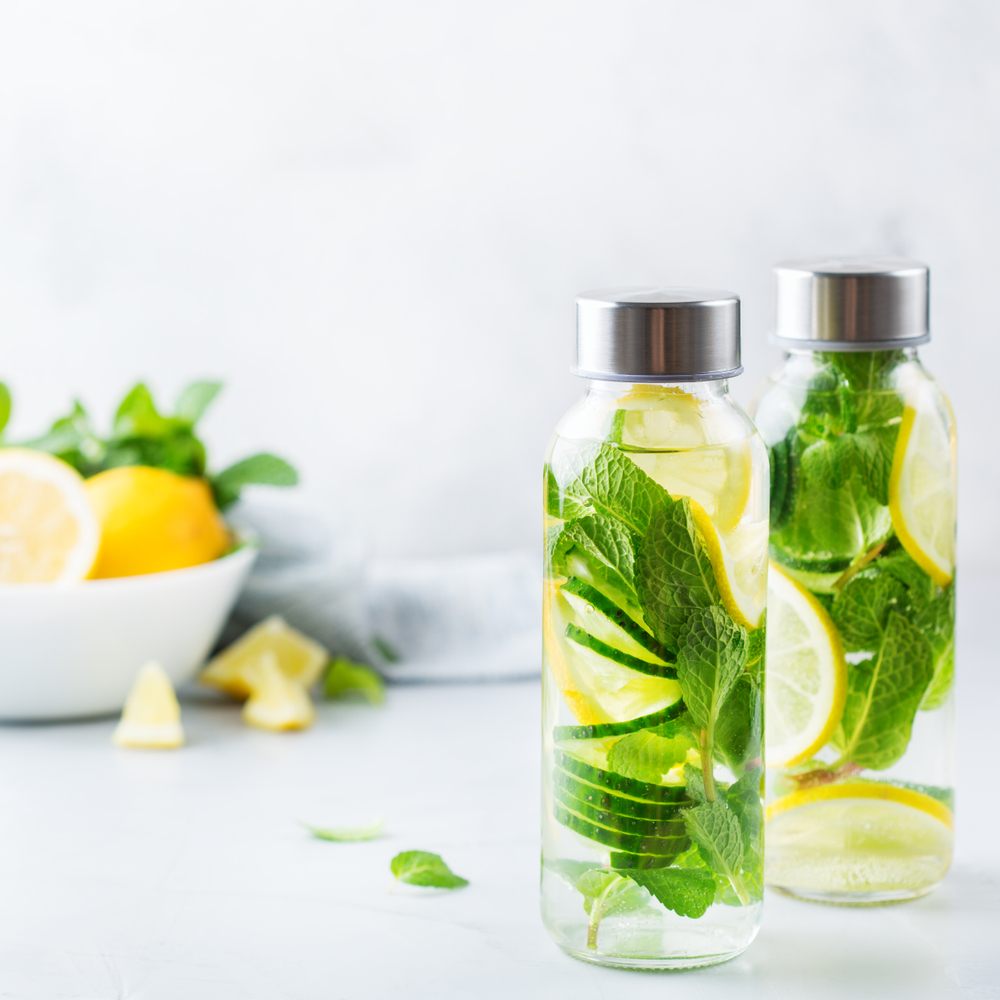As we journey beyond our 50s, maintaining steady energy becomes more challenging yet incredibly important. Our bodies change, requiring different nutrients to keep us active and vibrant throughout the day. These everyday foods pack a powerful energy punch without requiring special shopping trips or complicated recipes. Add them to your regular meals to feel more energized naturally.
1. Oatmeal: Your Morning Energy Foundation
Grandma was right about starting the day with a warm bowl of oatmeal. This humble grain provides complex carbohydrates that release energy slowly, preventing the mid-morning crash often associated with sugary breakfast options.
The fiber content helps regulate blood sugar levels—particularly important for those over 50. A half-cup serving packs impressive amounts of magnesium and B vitamins that support cellular energy production.
Try topping your oatmeal with berries and a sprinkle of nuts for extra antioxidants and healthy fats. Steel-cut varieties offer the most nutritional bang, though regular rolled oats work wonderfully too.
2. Salmon: Brain-Boosting Protein Powerhouse
Fatigue after 50 often stems from inflammation and poor brain function. Enter salmon, nature’s answer to both problems. Rich in omega-3 fatty acids, this pink-fleshed fish reduces inflammatory responses that drain your energy reserves.
The high-quality protein provides sustained energy while supporting muscle maintenance—crucial as we age. Just three ounces deliver vitamin B12, a nutrient many older adults become deficient in, leading to unexplained tiredness.
Aim for two servings weekly, prepared simply by baking with lemon and herbs. Wild-caught varieties generally contain fewer contaminants and more beneficial nutrients than farm-raised options.
3. Sweet Potatoes: Nature’s Sustained Energy Tablets
Orange-fleshed sweet potatoes deserve a regular spot on your plate after 50. Unlike their white counterparts, these vibrant tubers have a lower glycemic index, providing steady energy without blood sugar spikes that lead to crashes.
Each serving delivers potassium that helps maintain proper muscle function and heart rhythm. The rich beta-carotene content supports immune function and eye health—bonus benefits beyond energy enhancement.
Simply bake them whole, slice them into fries, or mash them as a satisfying side dish. Their natural sweetness makes them enjoyable without added sugars, and their fiber content promotes digestive health for better nutrient absorption.
4. Blueberries: Tiny Fruits With Mighty Energy Impact
Handful by handful, blueberries fight the energy drain that comes with aging. These tiny fruits combat oxidative stress—a major contributor to fatigue and cellular aging—through their impressive antioxidant content.
Research suggests regular consumption improves blood flow to the brain, enhancing cognitive function and mental energy. Their natural sugars provide quick energy, while fiber ensures it releases gradually without causing energy dips.
Fresh or frozen work equally well, making them accessible year-round. Sprinkle them on yogurt, blend them into smoothies, or enjoy them plain as a sweet afternoon pick-me-up when energy typically wanes.
5. Eggs: Complete Protein Parcels For Lasting Vitality
Forget what you heard about eggs being bad for cholesterol—they’re actually energy goldmines after 50. Each egg contains all nine essential amino acids needed for tissue repair and muscle maintenance, crucial as we naturally lose muscle mass with age.
The yolks are particularly valuable, containing choline that supports brain function and fights fatigue. They also provide vitamin D, often lacking in older adults, which plays a key role in energy metabolism and mood regulation.
Boil them for portable snacks, scramble with vegetables for a complete meal, or poach them for a protein-rich breakfast. Their versatility makes them easy to incorporate daily.
6. Leafy Greens: Magnesium-Rich Energy Enhancers
Kale, spinach, and their leafy relatives should become your new best friends after 50. These greens are packed with magnesium—a mineral directly involved in energy production at the cellular level and often depleted by common medications taken by older adults.
The iron content fights fatigue-causing anemia, especially important for women. Folate, another B vitamin abundant in greens, supports red blood cell formation and helps maintain energy levels throughout the day.
Add them to smoothies, sauté as quick side dishes, or use as bases for nutrient-dense salads. Even adding a handful to soups or sandwiches increases your daily intake substantially.
7. Yogurt: Probiotic-Powered Fatigue Fighter
Gut health increasingly connects to energy levels as we age, making yogurt a secret weapon against afternoon slumps. The probiotics in fermented dairy help optimize digestion and nutrient absorption, ensuring your body actually uses the fuel you provide it.
Protein content keeps blood sugar steady while providing building blocks for tissue repair. The naturally occurring B12 in yogurt is more easily absorbed than supplemental forms, directly supporting energy metabolism.
Choose plain varieties with live cultures and add your own fruit to avoid added sugars. Greek and Icelandic styles offer extra protein punch, making them particularly valuable for maintaining muscle mass and energy after 50.
8. Beans: Fiber-Filled Energy Reservoirs
Black, kidney, pinto, or navy—all beans deliver remarkable energy benefits for those in their golden years. Their unique combination of protein and complex carbohydrates creates a time-released energy effect lasting hours after eating.
The fiber content stabilizes blood sugar while supporting heart health—increasingly important after 50. Beans also provide iron, magnesium, and potassium that combat the fatigue often associated with deficiencies common in aging.
Canned varieties make preparation simple; just rinse to reduce sodium. Add them to soups, salads, or mash with seasonings for dips. Even a quarter-cup serving daily can noticeably improve sustained energy levels.
9. Avocados: Creamy Energy-Sustaining Fruits
Avocados defy the myth that fats make you sluggish. The monounsaturated fats actually stabilize blood sugar and provide long-lasting energy without crashes. This becomes increasingly valuable after 50 when metabolism changes make energy management more challenging.
Each creamy fruit delivers potassium that helps fight fatigue-causing muscle cramps and weakness. The B vitamins support proper nerve function and help convert food into usable energy that your cells can access.
Spread on toast, dice into salads, or blend into smoothies for creaminess without dairy. Even eating a quarter avocado daily can help maintain steady energy levels throughout active days.
10. Nuts: Portable Energy Packets For Active Days
A small handful of almonds, walnuts, or pistachios might be the most convenient energy solution for adults over 50. These nutrient-dense nuggets combine protein, fiber, and healthy fats that work together to provide sustained energy release.
The magnesium content directly supports cellular energy production while helping muscles function properly. Regular nut consumption has been linked to reduced inflammation—a hidden energy drain as we age.
Keep portioned containers in your car, purse, or desk drawer for emergency energy boosts. Raw or dry-roasted varieties without added oils or salt offer the most nutritional benefits while still satisfying crunchy cravings.
11. Berries: Nature’s Candy With Anti-Aging Energy Benefits
Strawberries, raspberries, and blackberries offer more than just sweet pleasure—they’re strategic energy allies after 50. Their natural sugars provide immediate fuel, while fiber ensures it releases gradually without the crash that comes from processed sweets.
The vibrant colors signal high antioxidant content that fights inflammation and oxidative stress, both significant energy drains in aging bodies. Regular berry consumption has been linked to improved blood flow, delivering more oxygen to tissues for enhanced energy production.
Fresh berries shine in summer, but frozen varieties maintain nearly identical nutritional profiles year-round. Add to overnight oats, yogurt parfaits, or simply enjoy as naturally sweet snacks between meals.
12. Water: The Overlooked Energy Essential
Surprised to see water on this list? Even mild dehydration—often unnoticed until severe—can drain energy levels dramatically after 50. Our thirst perception naturally decreases with age, making intentional hydration essential for maintaining vigor.
Proper fluid intake ensures efficient nutrient delivery to cells and waste removal from tissues. The brain particularly requires adequate hydration to function optimally, with even 1-2% dehydration impacting concentration and mental energy.
Keep water visible with a dedicated bottle carried throughout the day. Infusing with cucumber, berries, or citrus can increase appeal without adding calories or artificial ingredients that might trigger energy crashes later.
